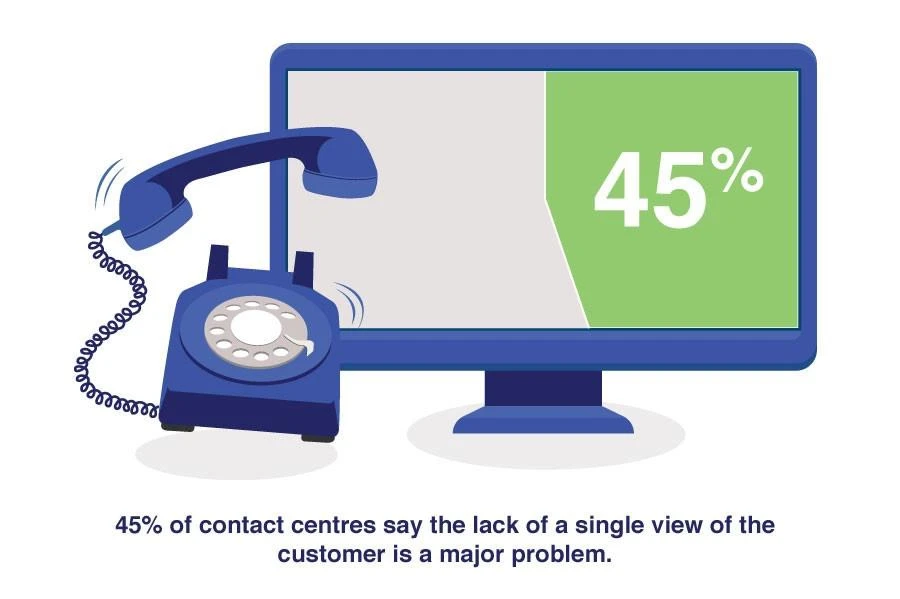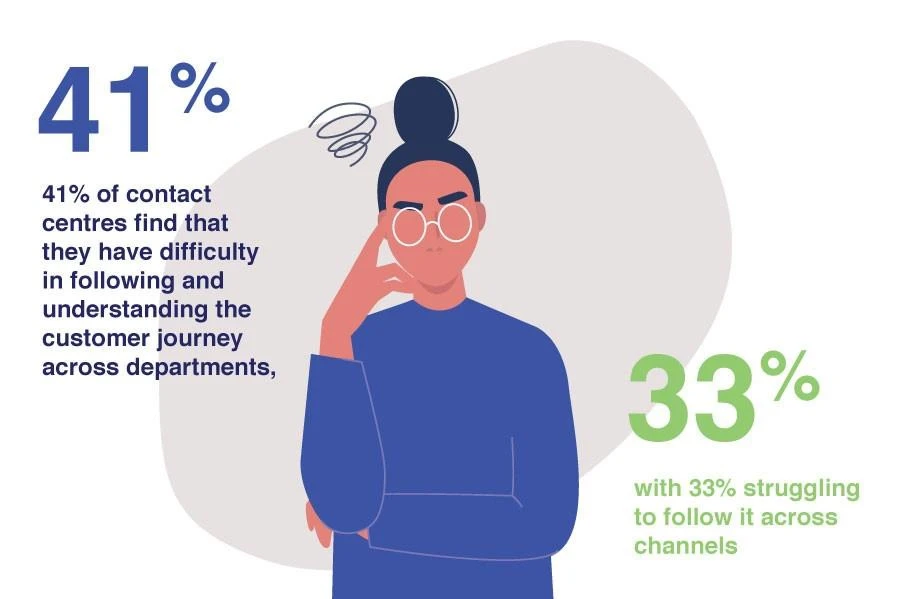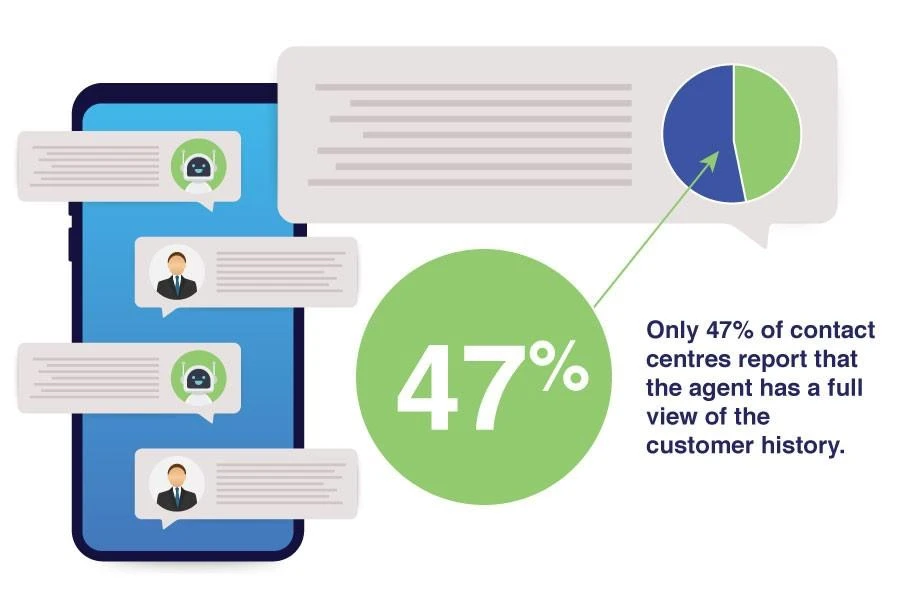Understanding failure demand and its impact on your contact centre
Failure Demand: "Demand caused by failure to do something or do something right for the customer"
Seddon, 2003
This definition of failure demand may seem simple at first glance, but its implications for today's contact centre are huge.
In previous posts, we've considered the financial and reputational impact of a poor customer journey and the challenges faced by contact centres in the new era of hybrid working. As the contact centre continues to evolve - providing customers with true omnichannel communications, where cutting-edge technology powers efficient, resilient processes - it is essential that organisations consider the role failure demand has to play here, and factor it into their wider customer contact strategy.
In practice, failure demand can be divided into four categories, each of which much be treated with equal consideration:
- Not quick enough. The customer had to wait longer than anticipated for a response.
- Not accurate enough. The information provided was wrong or incomplete, meaning follow-up communications were required.
- Not simple enough. The customer journey was too complex, involving multiple processes, departments, and channels of communication.
- Not clear enough. The response delivered was unnecessarily technical or confusing.
How is your contact centre really performing?
Fortunately, once you are aware of these four categories of failure demand within your own contact centre, you can put measures in place to minimise - or better yet, eliminate – them. There are both human and technological factors to consider here.
An accurate, comprehensive picture of your contact centre's performance is essential. You simply can't afford to make assumptions here. So, to begin with, speak to your agents! They will have a better idea than anyone else where there are issues with your tools or processes. Your system will also hold valuable insights into where improvements can be made, so look for any instances of repeat contact and any trends within customer complaints.
This information should be captured at each point of customer contact. Exponential-e's own Puzzel contact centre solution was designed with this in mind, automatically capturing and categorising customer complaints and agent feedback, to provide a holistic view of each customer's experience. This can be further enhanced with bespoke reporting and analysis of both text and voice communications to identify keywords, patterns, and emotions.
Once this high-level picture has been captured, it is time to dig deeper, and take a more granular view of the customer experience through journey mapping and live listening. Based on this, designated leaders within your organisation can dig deeper into any trends identified and work with their teams to ensure these are understood, acted upon, and incorporated into a formal strategy for managing failure demand.
So, what might this look like in practice?
Developing a clear strategy to minimise failure demand
The ideal strategy in response to these challenges will naturally vary, depending on the organisation, sector, and current state of the contact centre operation. Nonetheless, the following are all pillars of effective failure demand prevention:
- Ensure all agents are equipped with the tools and information they need. As we have considered in previous posts, agents should have all the tools they need to deliver first-time resolutions at their fingertips, wherever they are connecting from – ideally through a single pane of glass that automatically brings up all relevant customer information as soon as they make contact.
- Automate simple tasks wherever possible. A key element of helping agents make the most effective use of their working day is automating any routine tasks that do not require their specific expertise. For example, automated identification and verification will save a huge amount of time by ensuring customers are connected to the agent best placed to help them, with minimal waiting time.
- Consolidate and streamline internal processes. Breakdowns in communication inevitably result when customers are forced to bounce between different departments and different channels of communication. This is another area where omnichannel communication shows its real value, by ensuring internal teams can effortlessly support and consult with each other without disrupting the customer experience. Microsoft Teams integration has proven especially powerful in this regard.
- Measure and analyse everything. Analytics are very much the lifeblood of the modern contact centre. All data captured at the point of contact should be consolidated, stored securely, and be instantly accessible through - as we touched on above - a single, fully integrated solution.
This must be an ongoing process rather than a one-off project, as customer expectations inevitably shift, and the contact centre evolves in response. But with awareness of failure demand ingrained across teams, the right tools in place to monitor it, and a robust strategy in place for managing any concerns that arise, contact centres will not only be able to mitigate its effects, but utilise these processes to identify new opportunities for enhancing the customer journey.
When you subscribe to the blog, we will send you an e-mail when there are new updates on the site so you wouldn't miss them.





